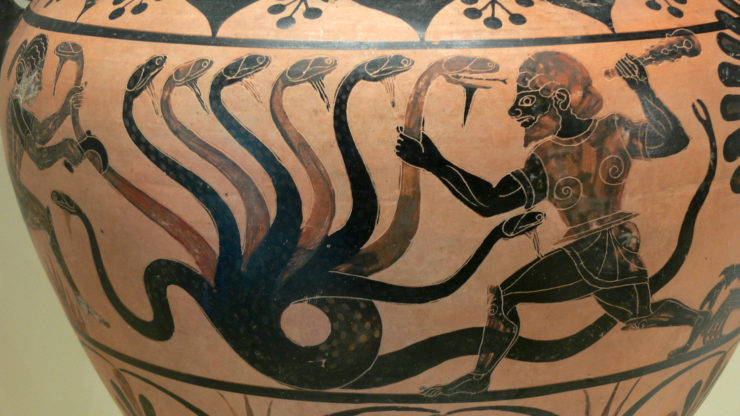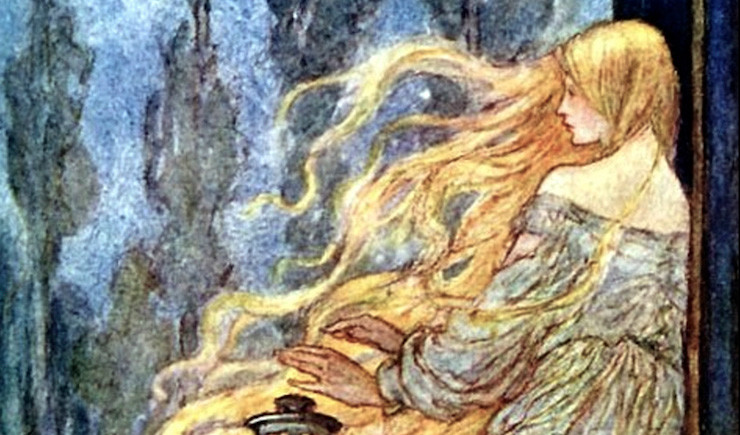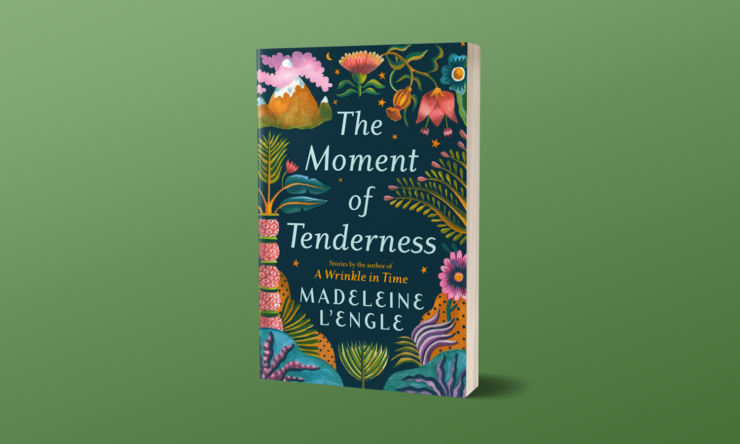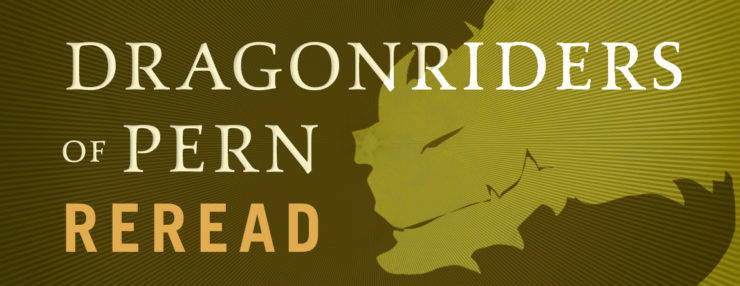Herakles: The Ancient Superhero
Comment number:
24
Advertisement

Showing 542 results





“The sky above the port was the color of television, tuned to a dead channel.”
William Gibson, Neuromancer
For compliance with applicable privacy laws:



